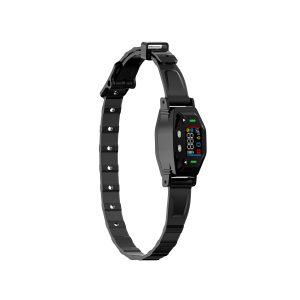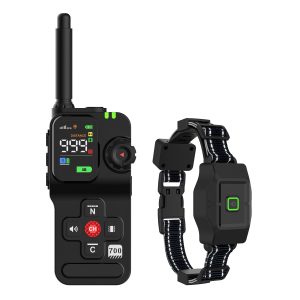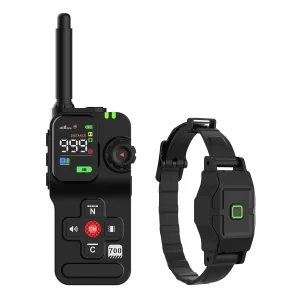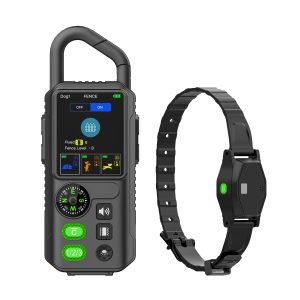Bark Control Training Devices: A Comprehensive Guide
In the realm of dog training, uncontrollable barking can be one of the most challenging behaviors to address. Whether it’s your neighbor’s dog disrupting the peace or your own furry friend with a penchant for vocalization, bark control training devices and whistle techniques can offer effective solutions.
Understanding the root cause of your dog’s barking is crucial. Is it out of excitement, fear, boredom, or territorial instincts? Once you identify the trigger, you can choose the most suitable training method.
Electric Bark Collars: Are They Ethical?
Electric bark collars are among the most controversial devices in the market. While some trainers advocate for their efficiency, others raise concerns about their impact on a dog’s well-being. The debate on their ethical use continues…
Ultrasonic Bark Control Devices: How Do They Work?
Ultrasonic bark control devices emit a high-pitched sound when they detect barking. This sound is unpleasant to dogs, causing them to stop barking. These devices can be effective in deterring excessive vocalization.
Whistle Training Techniques: The Silent Solution
On the other hand, whistle training techniques offer a more subtle approach to curb barking. By conditioning your dog to respond to various whistle signals, you can communicate your commands effectively without the need for physical devices.
Combining Methods for Optimal Results
Maximizing the effectiveness of bark control training involves combining different methods tailored to your dog’s unique personality and triggers. Experiment with positive reinforcement, consistent training sessions, and behavioral analysis to achieve long-term results.
Final Thoughts
While bark control training devices and whistle techniques can help address excessive barking, remember that patience, consistency, and empathy are key to successful training. Invest time in understanding your dog’s behavior and needs to build a strong bond based on mutual respect and communication.




